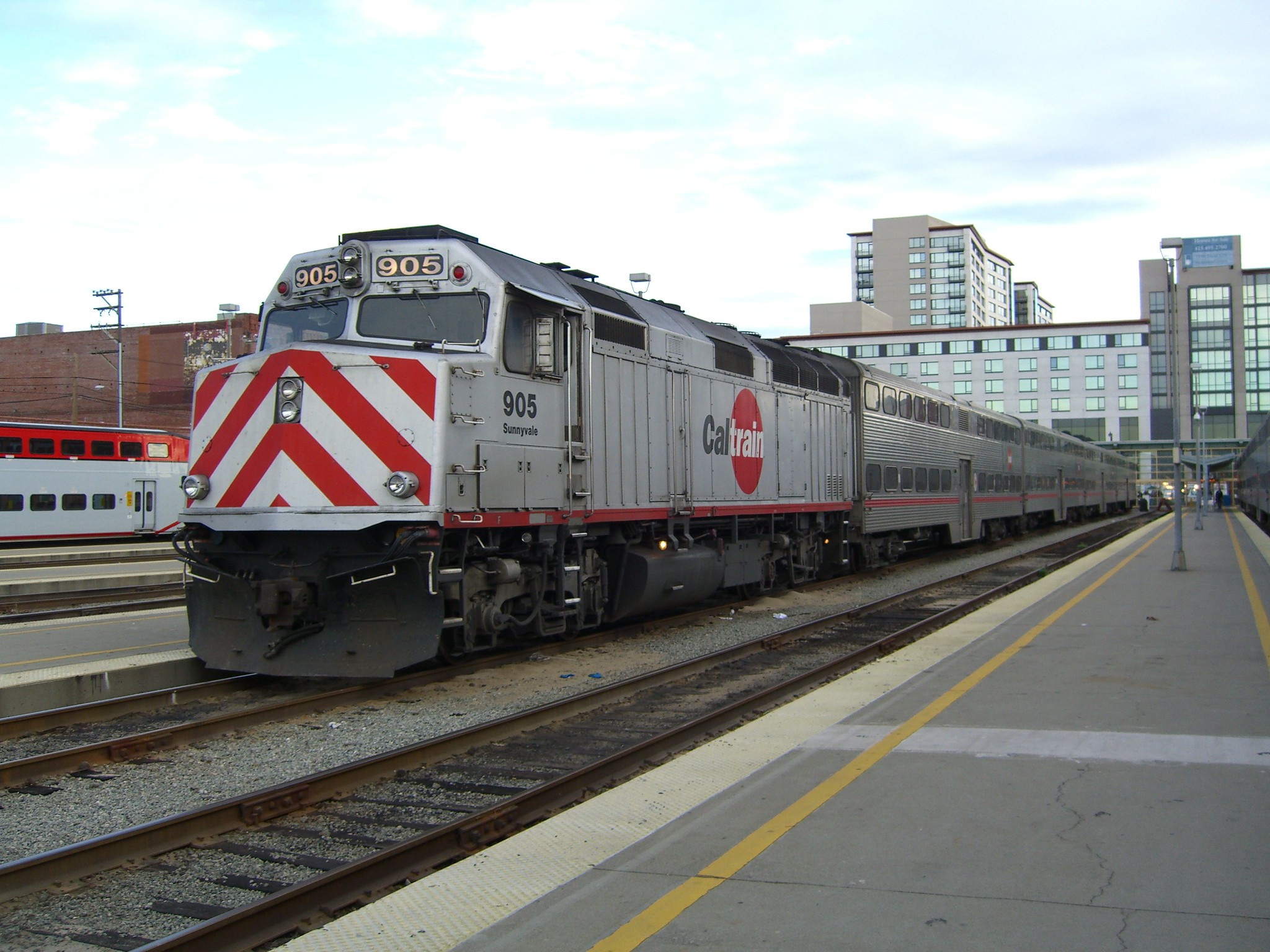Seattle Strongly Supports Street Safety: Poll
12:01 AM EST on November 22, 2021
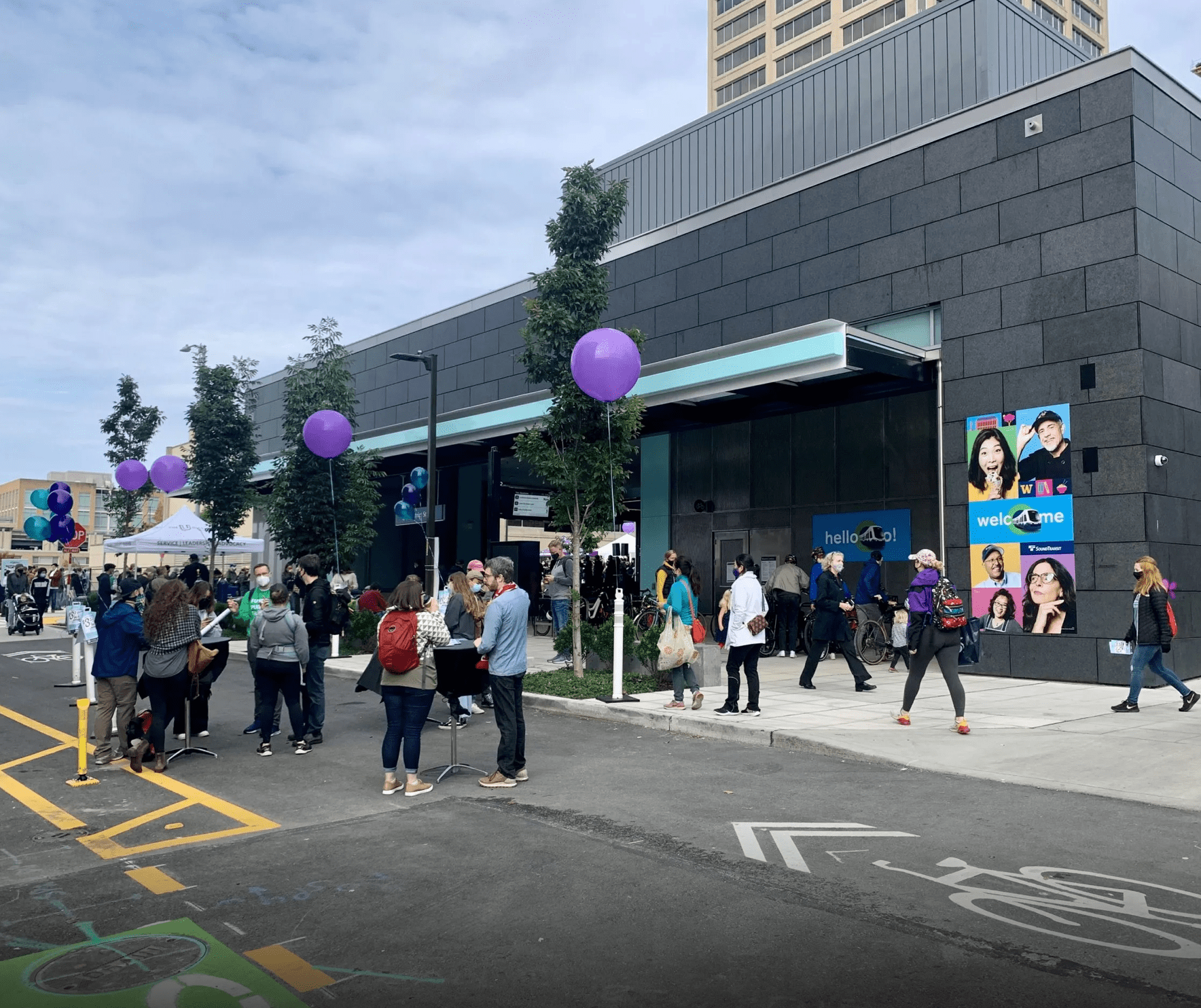
People gather on NE 43rd Street to celebrate the opening of the U District light rail station. Photo: Natalie Bicknell Argerious
Editor's note: This article first appeared at The Urbanist and is republished with permission.
A recent poll of Seattle voters found strong support for pedestrianizing streets and adding protected bike lanes and bus lanes. Respondents highly rated the value of increasing street safety and make it easier to get around without a car. At a press conference held on a café street in Capitol Hill, Clara Cantor, an organizer for Seattle Neighborhood Greenways, called the results “affirming” and “encouraging” for the organization’s advocacy.
“I and many people envision a city where comfortable convenient bike routes connect every neighborhood in Seattle,” Cantor said. “And this vision is not only possible, it’s supported by 70 percent of Seattleites.”
Northwest Progressive Institute commissioned the poll, which was completed by Change Research in mid-October. The batch of questions released yesterday, which were completed in partnership with SNG, gauged support for making streets safer and more comfortable for people of all ages and abilities to walk, bike, and roll by asking about both values and specific tactics to implement those values. The poll surveyed 617 online respondents and results were modeled margin of error of 4.1 percent at the 95 percent confidence interval, NPI said.
NPI founder Andrew Villeneuve said he intended to ensure the poll results, which arrive at a critical time for infrastructure planning as state and cities assemble plans for applying for federal grants funded by the newly passed Infrastructure and Jobs Act, are highlighted for Seattle City Council and other local decision makers.
Let’s dive a bit deeper into those striking poll results, which should be welcome news for urbanists.
In the first question, voters were ask to assess the importance of nine values: safety, accessibility, affordability, convenience, kid-friendly streets, racial equity, clean environment, health, and happiness. Not unsurprisingly, a strong majority of people either agreed or strongly agreed that the aforementioned values were important, with more than 90 percent of respondents in agreement about the importance of safety, accessibility, affordability, and convenience. Those values compose bedrock principles that inspire people to advocate for active transportation: walking, rolling, and biking. However, people who wish to continue prioritizing cars could — at least in theory — also respond that they consider those values as important.
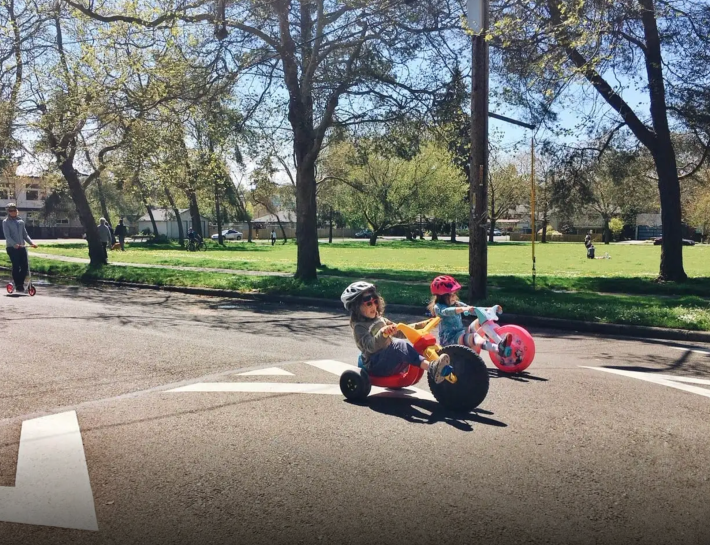
Any confusion over the polled Seattle voters wishing to see streets made more convenient for cars was laid to rest, however, by the results from questions that followed, both of which addressed ideas for making streets more people-friendly.
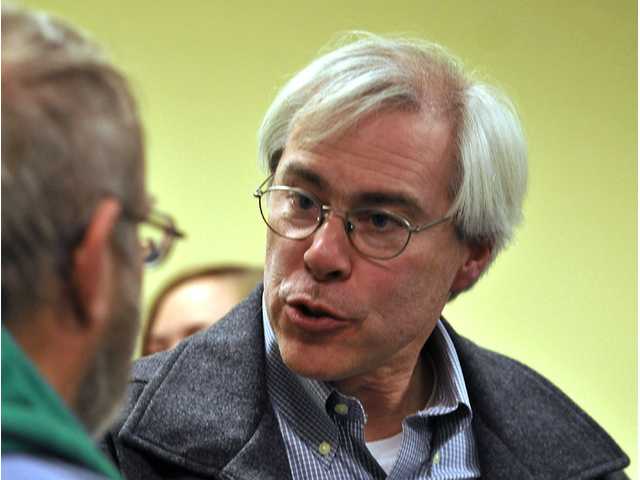
Responses to the question above were much more surprising; as whole, more than seven out of ten of the polled Seattle voters were in favor of seeing all of the following changes adopted in their neighborhoods, even at the expense of a lane of traffic or parking spaces.
- Safe walking and biking routes for kids, parents, and teachers to get to schools – A total of 84 percent of respondents supported safe routes to schools, with 56% indicating strong support.
- More space for outdoor dining and retail to support small businesses – 84 percent of those polled also indicated support for outdoor dining and retail, with 55 percent indicating strong support.
- Wider sidewalks and planting strips to give people more room to walk and plant more street trees – 78 percent of those polled supported wider sidewalks, 47 percent indicating strong support.
- Dedicated bus lanes – 74 percent of respondents indicated support for giving buses their own lanes to speed up trips, 41 percent indicating strong support.
- Protected bike lanes – 71 percent of those polled supported building bike lanes that are physically separate from cars, a strong showing of support for a measure that has attracted high profile controversy in the past, such as in the case of the proposed protected bike lanes on NE 35th Avenue, which were dropped to the great disappointment of advocates for safer biking streets. Demonstrating the somewhat polarizing nature of the topic, 46 percent of respondents indicated strong support for protected bike lanes, but 13 percent also indicated strong opposition — the only result to surpass 10 percent.
The next question related to changes that were connecting to helping Seattle achieve its climate, health, equity, livability, economic, and safety goals.
Once again, with one exception, all of the changes proposed received support topping 50percent, and the top three were all supported by more than 7 out of 10 Seattle voters polled. The one measure that received 45 percent support was for requiring Seattleites to pay for sidewalk repairs when they sell their properties. Currently Seattleites are responsible for repairing sidewalks adjacent to their properties, but this fact is not well known and there is not much support available to help them make repairs. The City has been exploring a policy implemented in Oakland that requires property owners to bring sidewalks into compliance before a property is sold and uses a revolving fund to assist lower income land owners with costs. SNG feels a better solution would be to pass progressive taxation to fully fund the city run sidewalk repair program, but until that occurs the organization hopes the Oakland inspired policy can offer a pragmatic and temporary solution.
The changes that received the highest degree support included providing for more homes, retail, and neighborhood amenities in order to make Seattle a city where people can walk to all their daily needs in fifteen minutes or less, limiting traffic to unloading and loading on certain shopping streets (Pike Place Market, for example), and shifting traffic enforcement from the Seattle Police Department to the Seattle Department of Transportation so that SPD can focus on other priorities.
Brie Gyncild of Central Seattle Greenways spoke with excitement about how many Seattleites expressed the desire to live in a 15-minute neighborhood where meeting basic needs like going shopping, taking children to school, or attending a medical appointment can all occur in a short walk or roll from home.
“This is a shared vision that we can use as we work to update our comprehensive plan because together we should ensure that every neighborhood in our city has the housing, the retail, the resources, and the other amenities that we all need to thrive,” Gyncild said. Seattle’s Comprehensive Plan Update is due in 2024, and some advocates have called the “most consequential” in the city’s history current given the housing crisis and urgent need for climate action. Decisions guiding that plan will be hashed out over the next couple years.
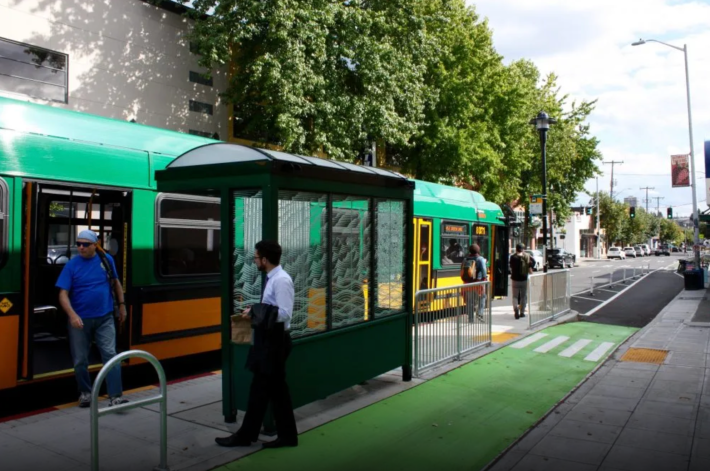
Juan Jose Bocanegra, founder of El Centro de la Raza, expressed the need to continue to reimagine public safety by moving traffic enforcement away from SPD. “These results give our policy makers a great indication of what people of color have been telling them for decades, for centuries, about the use of police against us,” he said.
Other changes that poll respondents espoused support for included creating low-traffic, low-speed neighborhood streets where people can safely walk, bike, run, and play, as well as allowing schools to close adjacent streets during the school year to create a safer environment for kids to get to and from school.
As a whole, the poll results back up patterns of behavior that have been observed since the beginning of the Covid pandemic. People are continuing to embrace Stay Healthy streets and café streets, making it difficult to imagine reverting to pre-pandemic right of way uses on streets like Ballard Avenue, which have been utterly transformed. If anything, these poll results show that rather than return to the old ways, Seattleites are hungry to push these new paradigms further forward by implementing changes that will make streets safer, more comfortable, and more inviting to more people across the city.
Read More:
Stay in touch
Sign up for our free newsletter
More from Streetsblog USA
The 30% of Non-Driving Americans Must Form a Movement: A Conversation with Anna Zivarts
"At the end of the day, there are going to be folks who still can't drive and can't afford to drive — and there are still going to be a lot of us."
Thursday’s Headlines Fight a Suburban War
The way Politico lays out the battle lines, it's not just drivers versus transit users, but urban transit users versus suburban ones.
How Car-Centric Cities Make Caring For Families Stressful — Particularly For Women
Women do a disproportionate share of the care-related travel their households rely on — and car-focused planning isn't making matters easier.
Wednesday’s Headlines Build Green
A new bill dubbed "Build Green" would replace many of the climate-friendly elements Sen. Joe Manchin insisted on stripping from the Inflation Reduction Act.
E-Bikes and Creating Financially Sustainable Bike Share Programs
The number of customers using bike share in the U.S. and Canada is now at an all-time high thanks to e-bikes.


